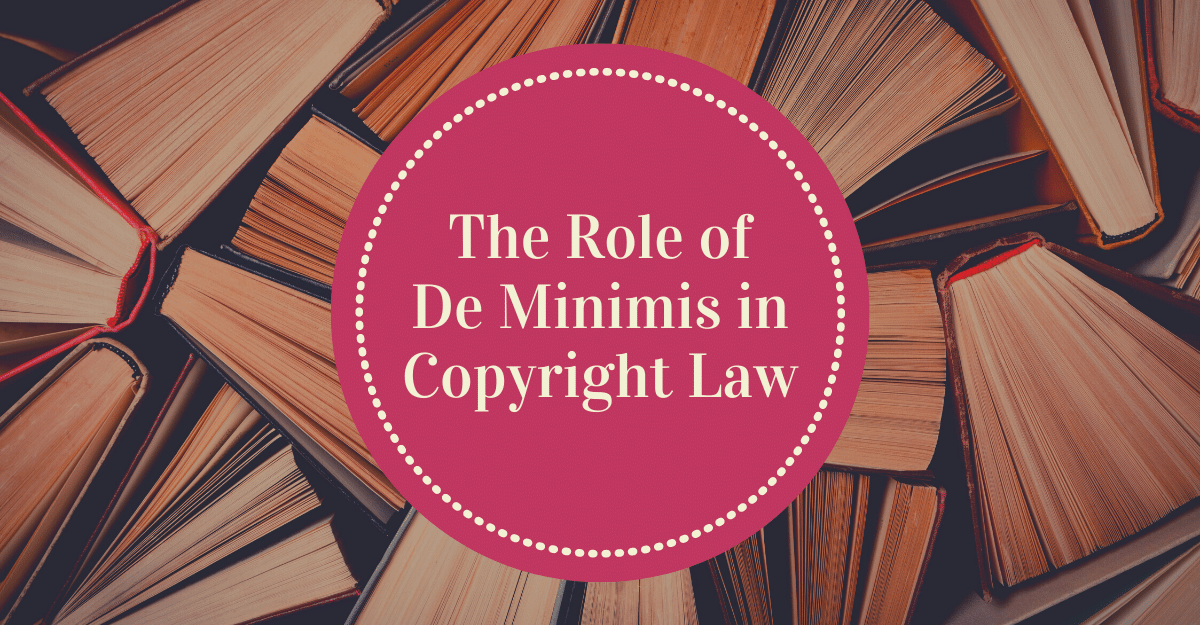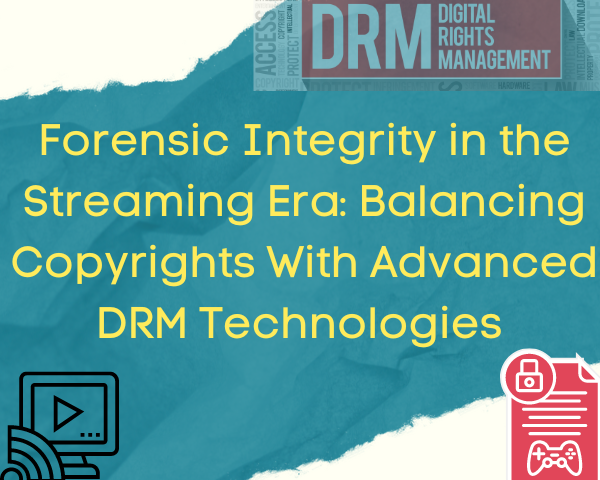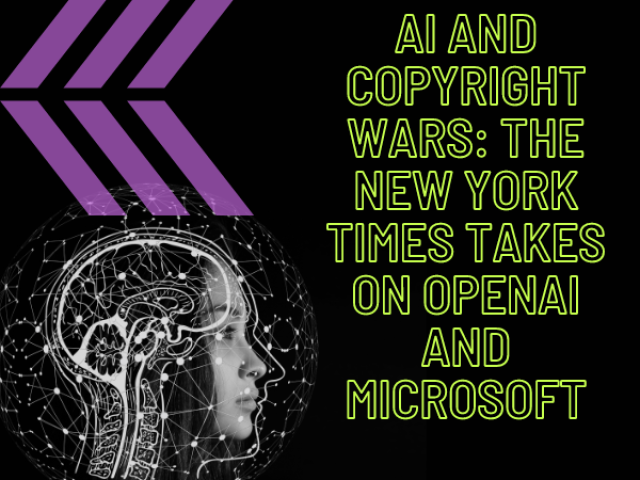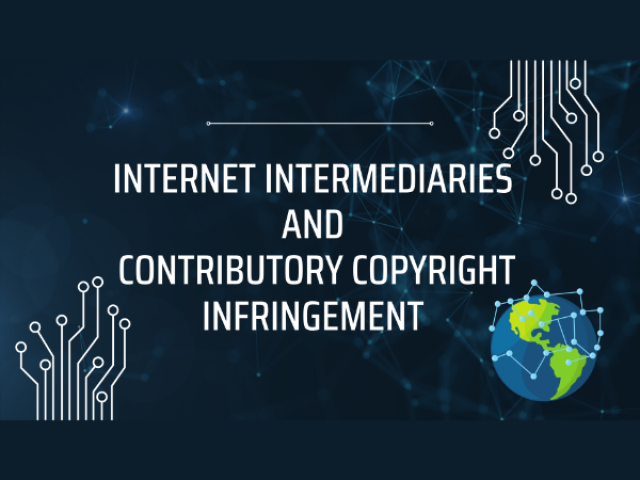The intellectual property system of India addresses the need to protect creative works through our Copyright Act 1957. Copyright law allows copyright owners to review or prevent others from using their works. However, some copyright-free works are available in the public domain. Meanwhile, researchers are also responsible for protecting the moral rights of authors under Article 57 of the Copyright Act when using such products.
Section 57 of the Copyright Act 1957 highlights ‘Author’s special rights,’ better known as ‘Moral rights.’ Article 6bis of the Berne Convention discussed moral rights. Moral rights have two key features. They are the right to claim authorship of the work and the right to prevent distortion, modification, or mutilation of one’s work if it succeeds.
“Moral Rights of the author are the soul of his works. The author has a right to preserve, protect and nurture his creations through his moral rights” [Justice Pradeep Nandrajog Amar Nath Singh v. Union of India (2005)].
Sometimes, there can be violations of the special rights of authors in minor ways. It can be as simple as photocopying a magazine cartoon or singing happy birthday at a restaurant. In the past, these infringements were overlooked. It was because the copyright owner was unaware or felt the legal battle was not worth the effort. However, the courts have come across a growing number of minor infringements of copyright over recent years.
This increase in lawsuits over minor copyright infringements is troublesome for three reasons. Firstly, the social cost of adjudicating insignificant copyright disputes often exceeds the total possible benefit. Secondly, if we impose copyright regulations strictly, there are chances for it to hamper the intent of copyright: the promotion of creativity. Thirdly, the courts do not take a straightforward approach to adjudicating minor infringements.
One simple approach to resolve trivial copyright lawsuits is de minimis non-curat lex. Besides, it is a legal principle widely used to protect trivial infringements in certain areas of law. Further, let us know how we can use the legal doctrine of de minimis non-curat lex in the context of copyright law.
De minimis in copyright law
The de minimis exception gets its name after the legal maxim “de minimis non-curat lex.” It means “the law does not concern itself with trifles.” Furthermore. the maxim states that the law will not resolve small or trivial disputes. The doctrine is known as the defense of the common law. The Ninth Circuit has held that “use is de minimis only if the average audience would not recognize the appropriation.” (Newton v. Diamond, 388 F.3d 1189, 1193 (9th Cir. 2004)).
The courts and analysts use the word ‘de minimis’ in two different ways. Firstly, they use de minimis as a shield against minor legal violations. Secondly, the courts often use “de minimis” more informally, as an adjective indicating trifling, unimportant, or insufficient.
In India Tv Independent News Service Pvt. Ltd. and Ors. v. Yashraj Films Pvt. Ltd., the Court addressed the concept of the de minimis method in depth. Before this scenario, the applicability condition was not very clear. The facts of the case were that five words were borrowed from a song of five stanzas. The Court finds the case insignificant after applying the five well-known considerations for the de minimis scenario.
Judges take on the de minimis principle:
1. Judges claim that the principle of fair use is a poor theoretical match for trivial infringements.
2. They also claim that de minimis research is much simpler.
3. They argue that the de minimis decision is the least time-consuming, and it is in the interests of the parties and the courts to make use of it.
Factors considered by courts on applying de minimis
The Size and Type of Harm
The first and most important de minimis consideration is the extent of the damage the infringement incurs. In the case of India Tv Independent News Service Pvt Ltd. and Ors. V. Yashraj Films Pvt. Ltd, it was found that the copyright infringement was only on five words. Hence, the judges decided it was too small and meaningless to support an actionable claim.
The Cost of Adjudication
This refers to the sum the holders or owners of the copyright pay to the adjudication costs.
The Purpose of the Violated Legal Obligation
The courts will look if the de minimis implementation would objectively support the object of the legal duty in question.
Effect on the Legal Rights of Third Parties
Sometimes, the adjudication of the related conflict will majorly impact third parties’ legal rights. In such cases, the courts may agree to adjudicate, even though the matter at hand, when on its own, may qualify for de minimis principle.
Intent
In determining de minimis cases, the courts look into the motive of the accused.
The legal principle of de minimis non-curat lex is misused and underused by the intellectual property world. However, the Courts take it lightly by comparing the usage of the word (as a synonym for “trifling”) with the formal legal use of the word (as a defense of the infringement). Hence, being aware of de minimis will enable us to use copyright law as legal protection against copyright infringement claims at the right times.




